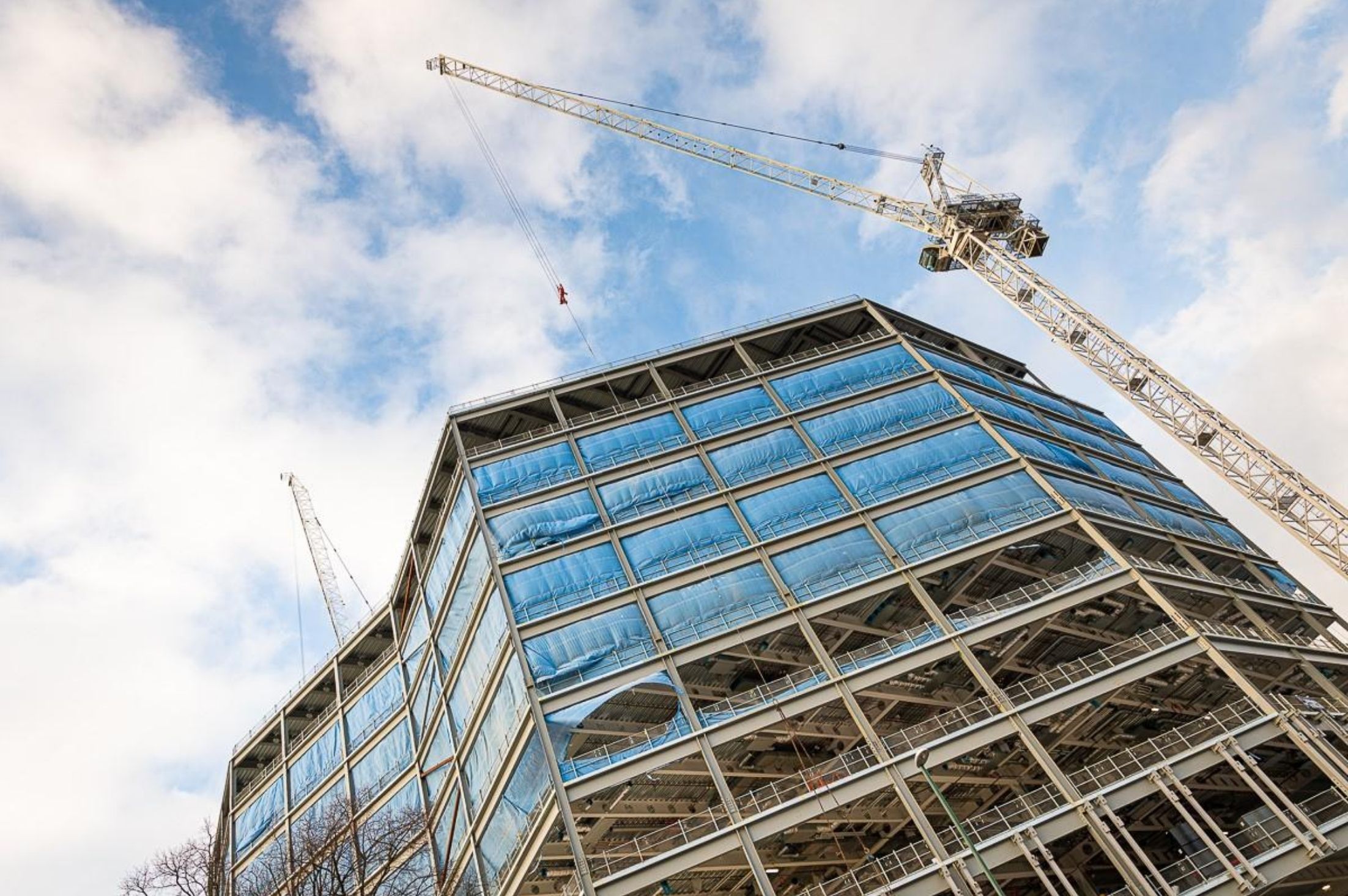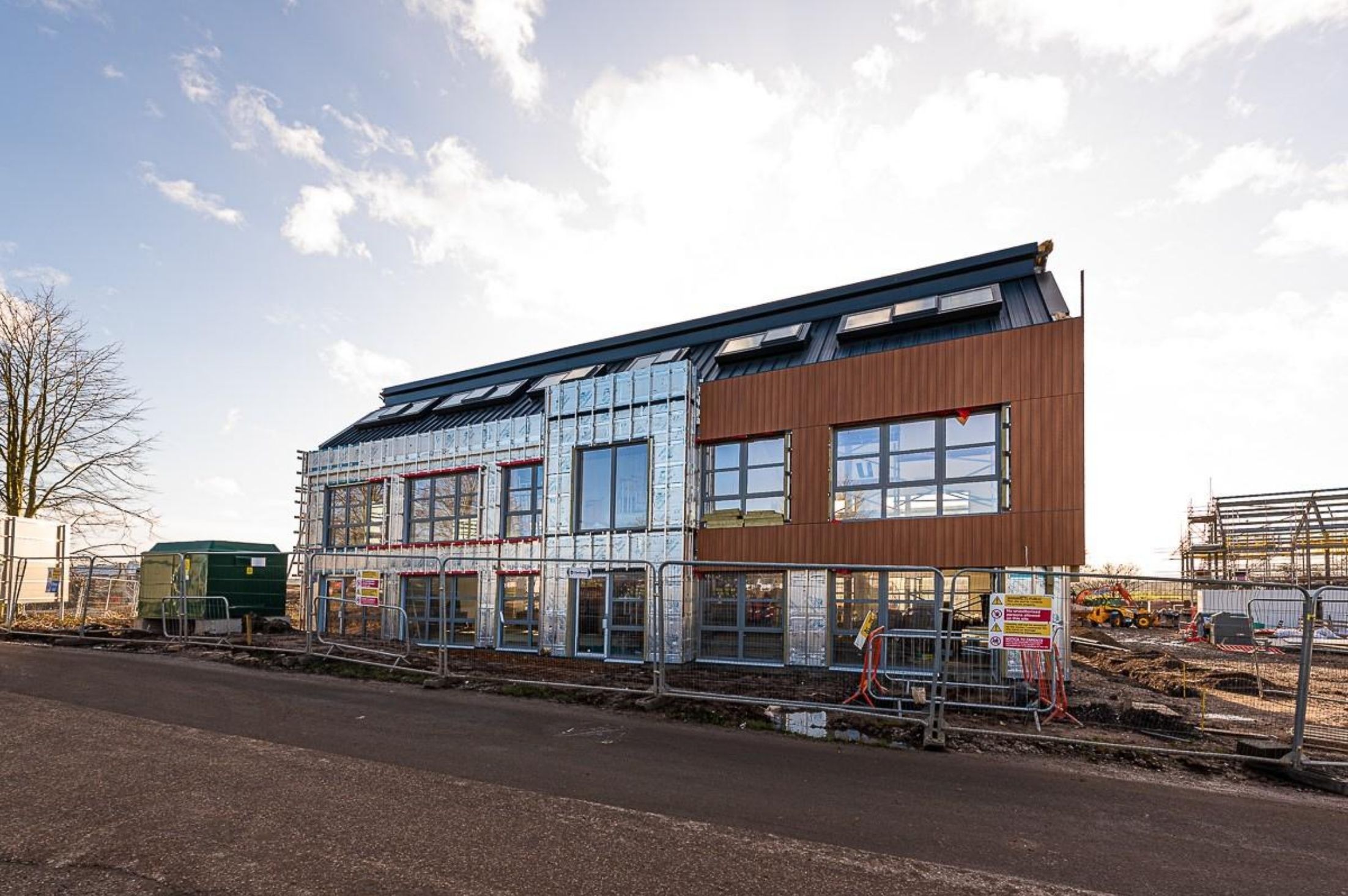Permitted development has existed in some form since the UK planning system was inaugurated in 1948. Permitted development allows owners and users of property to build or change use within regulated limits without needing planning permission. There was a significant change in the regulations in 2013 when permitted development rights were extended and a simplified form of planning permission called prior notification was brought into wider use.
The following new rights allow owners and users of land more latitude and they allow different forms of development in principle. However these rights in principle are limited and do not apply within conservation areas or other areas where development is sensitive.
Each of these new rights in principle have their own limitations and exclusions. These are complex and the rights outlined here do not allow development to take place without prior notification of the council. This is not a free for all. Great care is needed before trying to use the new rights that have been provided.
We can provide specialist advice and we can confirm whether the right exists given the individual circumstances of each site or building.
1: Permitted Development Rights and the demolition of buildings and construction of new homes
The aim of the new right is to support regeneration through the residential redevelopment of vacant and redundant buildings that no longer effectively serve their original purpose, support housing delivery and boost housing density.
As a matter of principle it is possible to demolish vacant and redundant residential and commercial buildings and replace these with new homes.
From 31 August 2020 this new right will apply to vacant and redundant free-standing buildings that fall within the following use classes on 12 March 2020:
- B1(a) offices,
- B1 (b) research and development,
- B1 (c) industrial processes (light industrial), and
- free-standing purpose-built residential blocks of flats (C3).
The building must have been built before 1 January 1990 and have been entirely vacant for at least six full months prior to the date of the application for prior approval. The right allows for redevelopment of a single new building within the footprint of the existing building with a ground floor area of up to 1,000 sq. m. The height of the new building can be up to 18 metres.
This will allow business owners the freedom they need to adapt and evolve, and to renew town centres with new enterprises and more housing. These changes it is hoped will help transform boarded up, unused buildings safely into high quality homes at the heart of their communities.
Having looked at the wording of the new right, we see a great opportunity for small, rural commercial sites, for instance where there is a small 2 storey workshop as this could now be demolished and replaced with a 3 /4 storey home. Town centres are often very sensitive to change, most town and city centres are conservation areas so the impact on many town centres of this new right we feel will be limited.
2: Additional storeys to homes
Home-owners of property built after 1948 and completed before 2018 will now be entitled to increase the size of their homes by adding:
- Up to two additional storeys, where the existing house consists of two or more storeys; or
- One additional storey, where the existing house consists of only one storey.
The following issues will be assessed by the Local Authority:
- the transport and highways impacts of the development;
- contamination and flooding risks;
- the impact of noise from other premises on the future residents;
- design and external appearance of the new building;
- the adequacy of natural light in all habitable rooms of each new dwelling;
- the impact of the introduction of residential use into an area; and
- the impact of the development on the amenity of the new building and of neighbouring premises, including overlooking, privacy and light.
- The proposals will be subject to neighbour consultation
These assessments by the local authority are tantamount to a planning application but an application where there is a permission in principle. This option could allow growing families to expand their homes without having to move. This could allow much needed additional space for children or elderly relatives as their household grows.”
The phrase ‘subject to neighbour consultation’ is noteworthy in its nebulousness. Will this mean that neighbours are merely informed and given the opportunity to make representation to the LPA? Or will they have an option to object? This could be very contentious in locations where detached property values are in part because of their view or outlook.
3: Additional Storeys to Create Dwellings
From 1st September the construction of up to 2 additional storeys on free standing buildings or groups of buildings in a terrace that are in certain commercial uses.
To benefit from this class, the existing building must be free-standing and be used as shops (Class A1), financial and professional services (Class A2), restaurants and cafes (Class A3), or offices (Class B1(a)), or as betting shops, pay day loan shops or launderettes, or in mixed use between these uses or a mixed use with an element of housing.
The rights are subject to a maximum height limit of 30m for detached buildings and 18m for terraces.
For further information and clarification on the amendments to the Use Classes Order, Rory Bradford from our Planning team explains the changes being made, and the impacts they may have for landowners and business operators in the following short video.
Comprising town planners, architects and architectural assistants our staff bring a wealth of experience from a range of backgrounds and various parts of the UK. Our planners have worked in the public & private sectors, and have excellent working relations with Local Planning Authorities.
For further information and clarification on these new permitted development rights, and changes to the Use Classes Order please don’t hesitate to contact us for a free 30 minute consultation to discuss your project.





